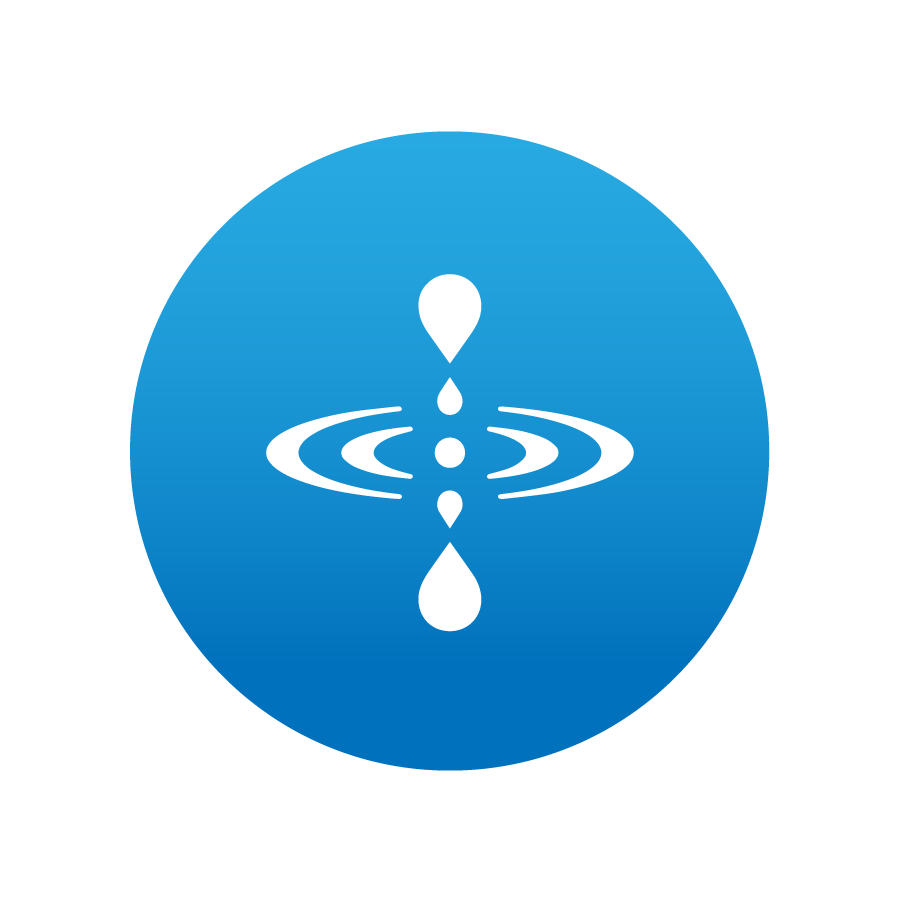In technical writing, creating high-quality documentation quickly and efficiently is paramount. While proficiency with a range of content creation software is essential, writers of all disciplines are discovering the power of generative AI to assist in their work, significantly accelerating the process.
The Power of AI in Drafting Content
Generative AI can produce coherent and contextually relevant text based on given prompts. This capability is useful for generating initial drafts of various technical documents, saving time and effort for writers. Here are a few basic use cases:
Technical Documents
Creating comprehensive technical documents often involves gathering and synthesizing vast amounts of information. Generative AI can quickly compile this information into a structured draft, allowing writers to focus on refining and adding nuanced details. In cases where the task involves revising and updating existing documents, the newest versions of generative AI can read and analyze uploaded documents in a variety of formats, enabling transformations with minimal hallucination.
User Manuals
Writing user manuals requires a detailed step-by-step approach to explain how a product works. AI can generate these steps based on input data, creating an initial draft that writers can then customize and perfect.
FAQs
Frequently Asked Questions (FAQs) are crucial for user support. Meanwhile, it is challenging for a proficient user to remember what it feels like not to possess learned knowledge and skills. Generative AI can analyze common queries and generate relevant questions and answers, providing a solid foundation that can be expanded upon with specific details and context.
Practical Examples and Benefits
Speed and Efficiency
One of the most significant benefits of using generative AI in content creation is the speed at which it can produce drafts. This acceleration allows technical writers to focus more on reviewing and refining the content, ensuring higher quality in a shorter time frame.
Consistency and Accuracy
Generative AI can help maintain consistency in terminology, style, and formatting across documents. This is particularly useful in large projects where multiple writers are involved. AI can ensure that the initial drafts adhere to the established guidelines, reducing the need for extensive revisions.
Adaptability and Flexibility
Generative AI tools are adaptable to various writing styles and requirements. By providing the AI with specific prompts and guidelines, technical writers can generate drafts tailored to different audiences and purposes, from detailed technical specifications to user-friendly guides.
Getting Started with AI in Technical Writing
To leverage generative AI effectively, technical writers can start by integrating popular AI tools into their workflow. AI-powered writing assistants offer user-friendly interfaces and customizable features that make them accessible even to those new to AI.
Experiment with Prompts
Begin by experimenting with different prompts and input data to see how the AI generates content. Adjust and refine these prompts to better match your specific needs. Becoming familiar with a variety of prompt patterns takes practice, but will quickly yield results in productivity.
Combine AI with Human Insight
Use AI-generated drafts as a foundation, but always apply your expertise to enhance and perfect the content. AI is a tool to enhance, not replace, the nuanced understanding that human writers bring to their work.
Stay Updated on AI Developments
The field of generative AI is rapidly evolving. Stay informed about new tools, features, and best practices to continuously improve your writing process.
Conclusion
Generative AI is transforming the landscape of technical writing by significantly speeding up the content generation process. By producing initial drafts of technical documents, user manuals, and FAQs, AI allows writers to focus more on refining and enhancing the quality of their work. Embracing this technology can lead to more efficient, consistent, and high-quality documentation, ultimately benefiting both writers and users.
As we move forward, the integration of generative AI in technical writing will inevitably become a standard practice, opening new possibilities for creativity and productivity in the field.
